Far from done, but right on the way – the aMoSeRo did his first 2D planning today. There are still a lot of adjustments needed for the mapping to work properly, but it’s already impressive to see ROS working.
The node graph still grows and will need some changes when used with multiple robots, but organising goes on 🙂










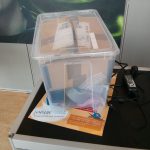



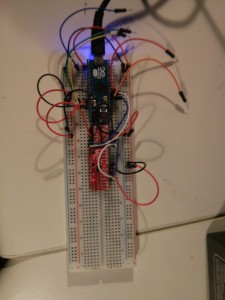



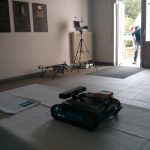
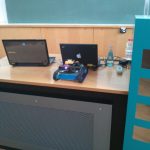

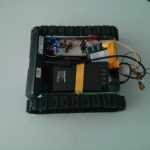


 Now set the empty fields to the values below, for user name, choose your default credential:
Now set the empty fields to the values below, for user name, choose your default credential:

